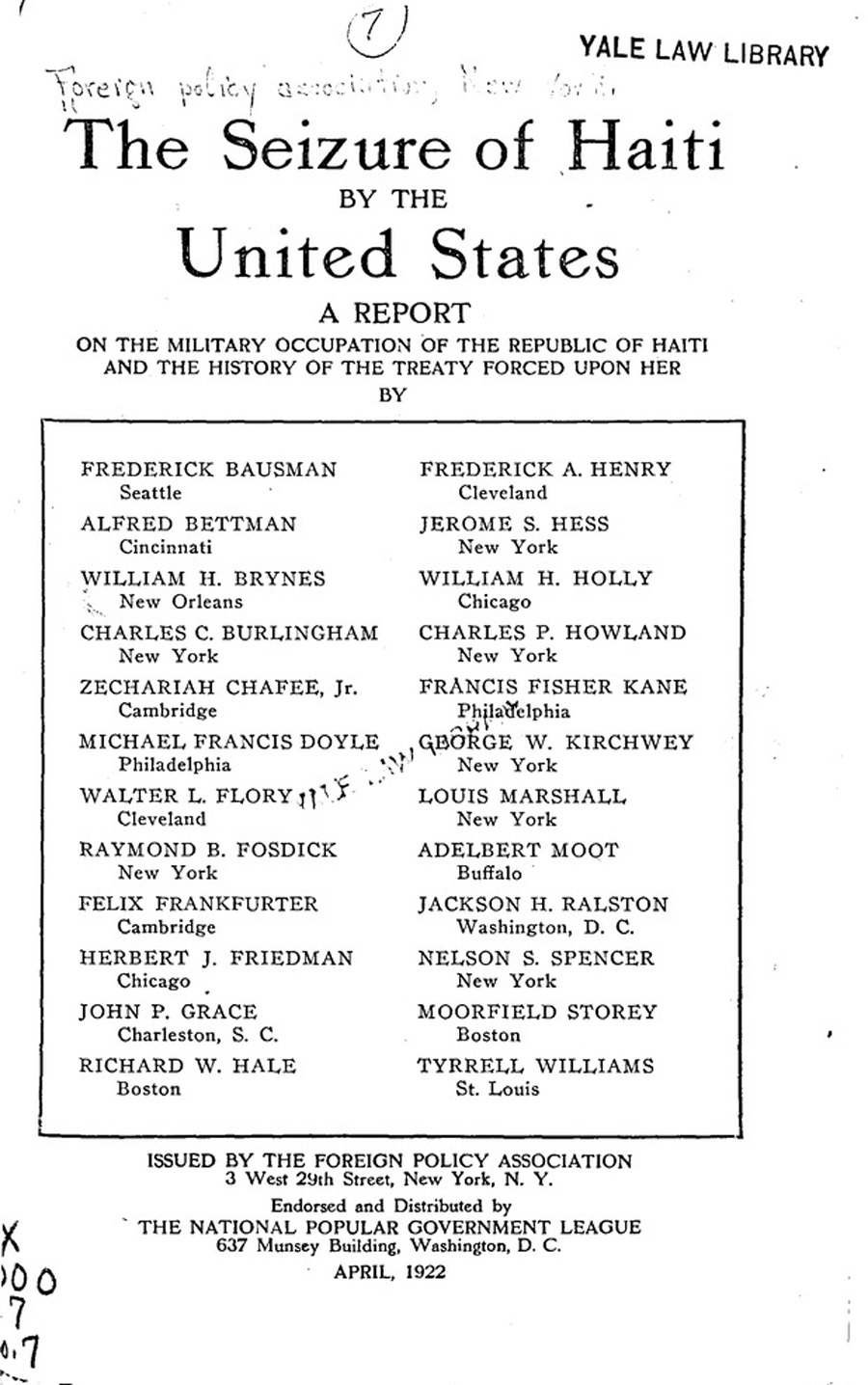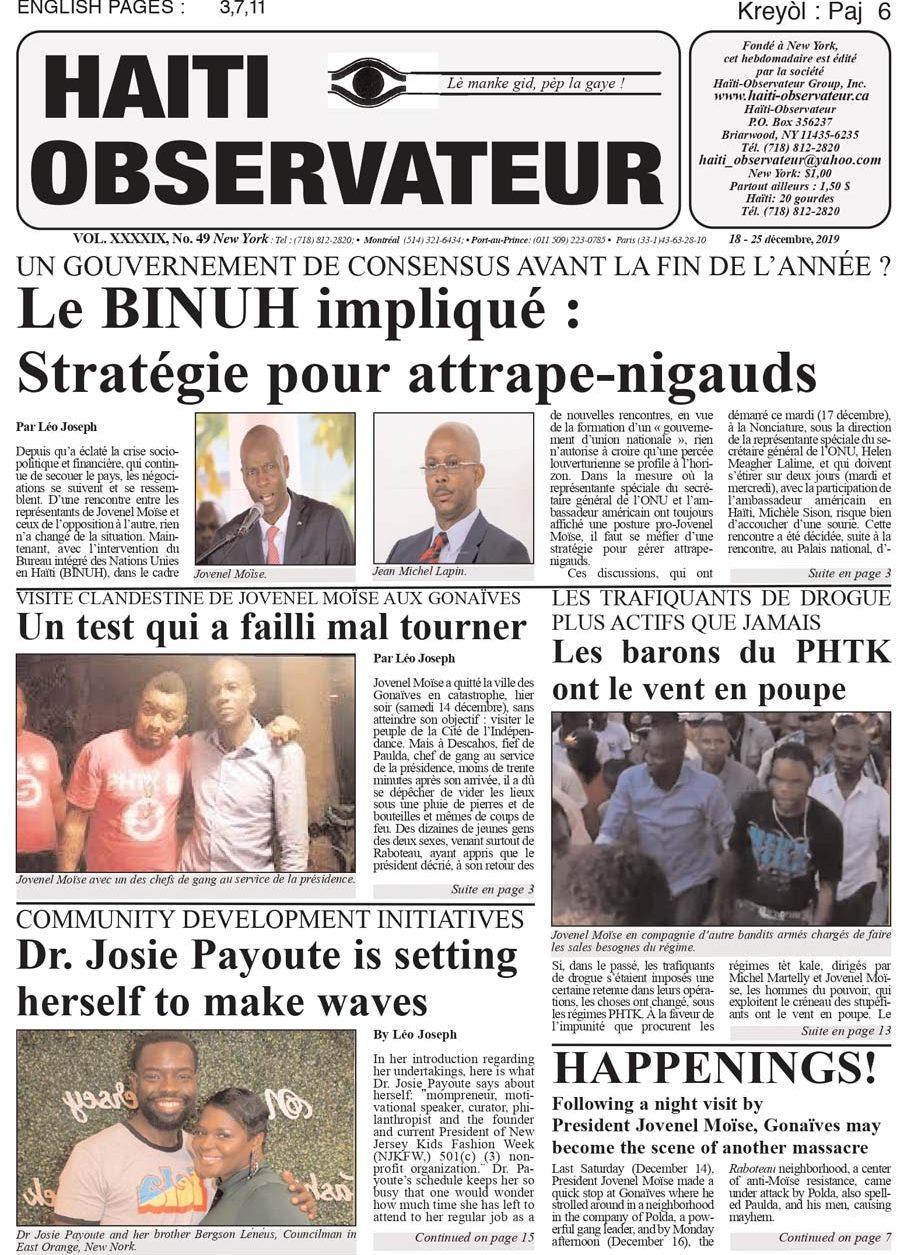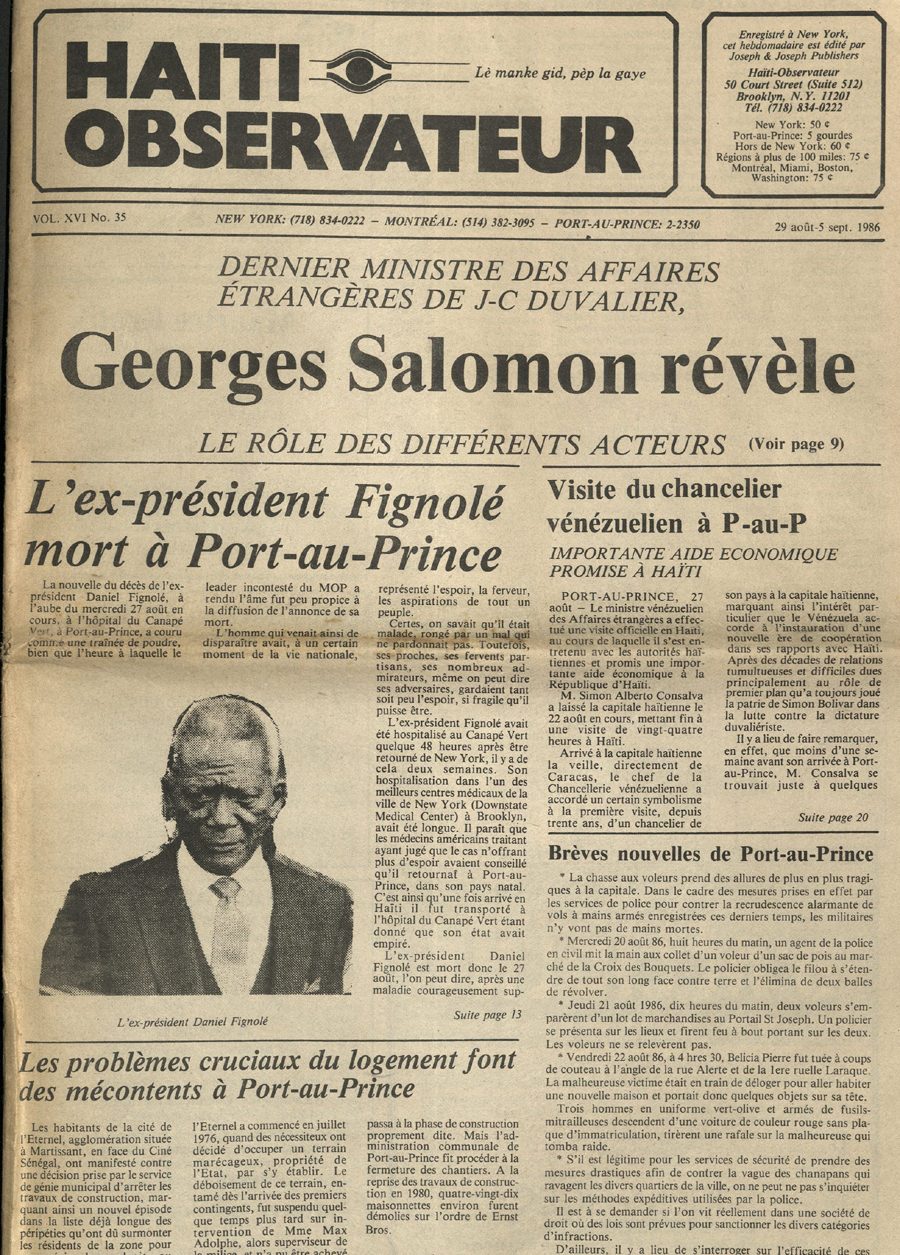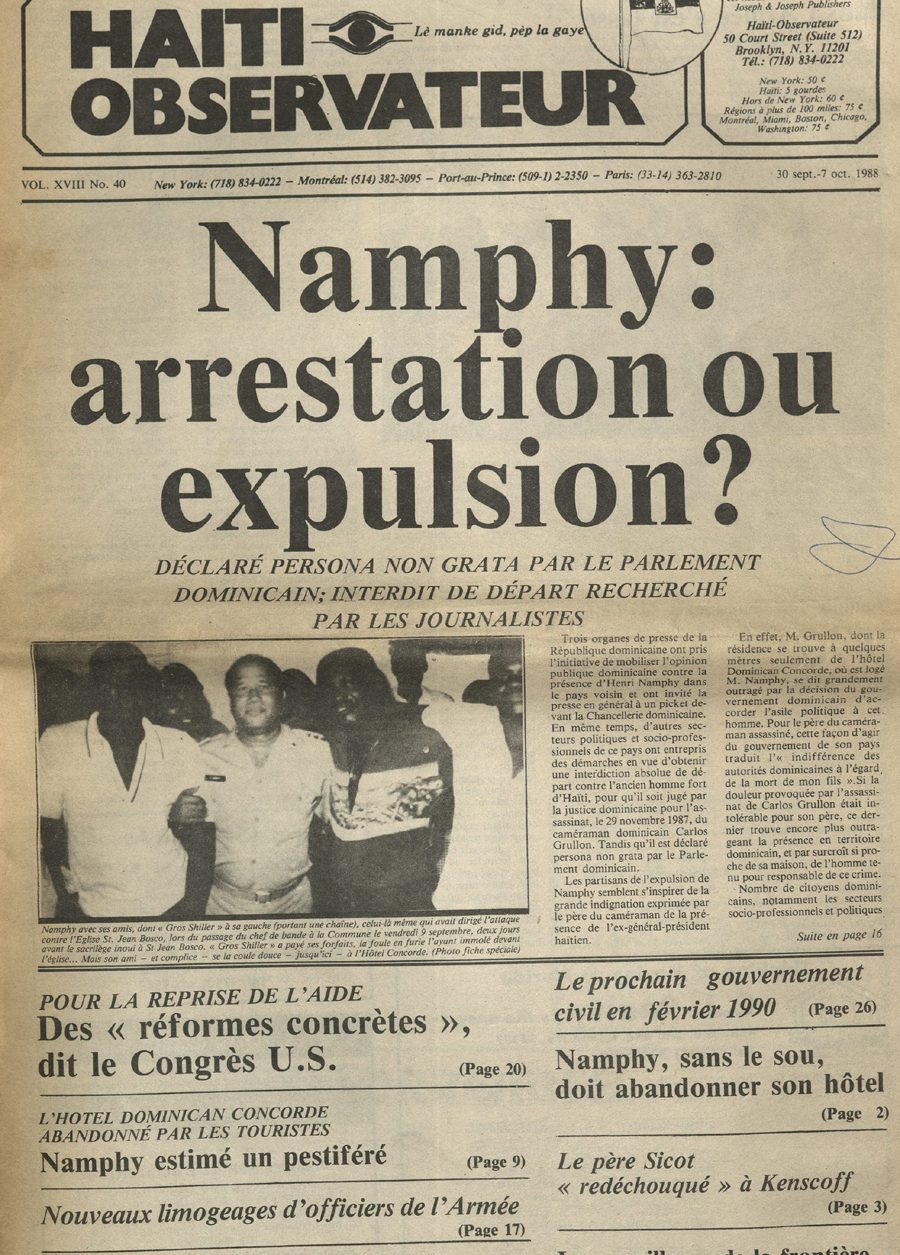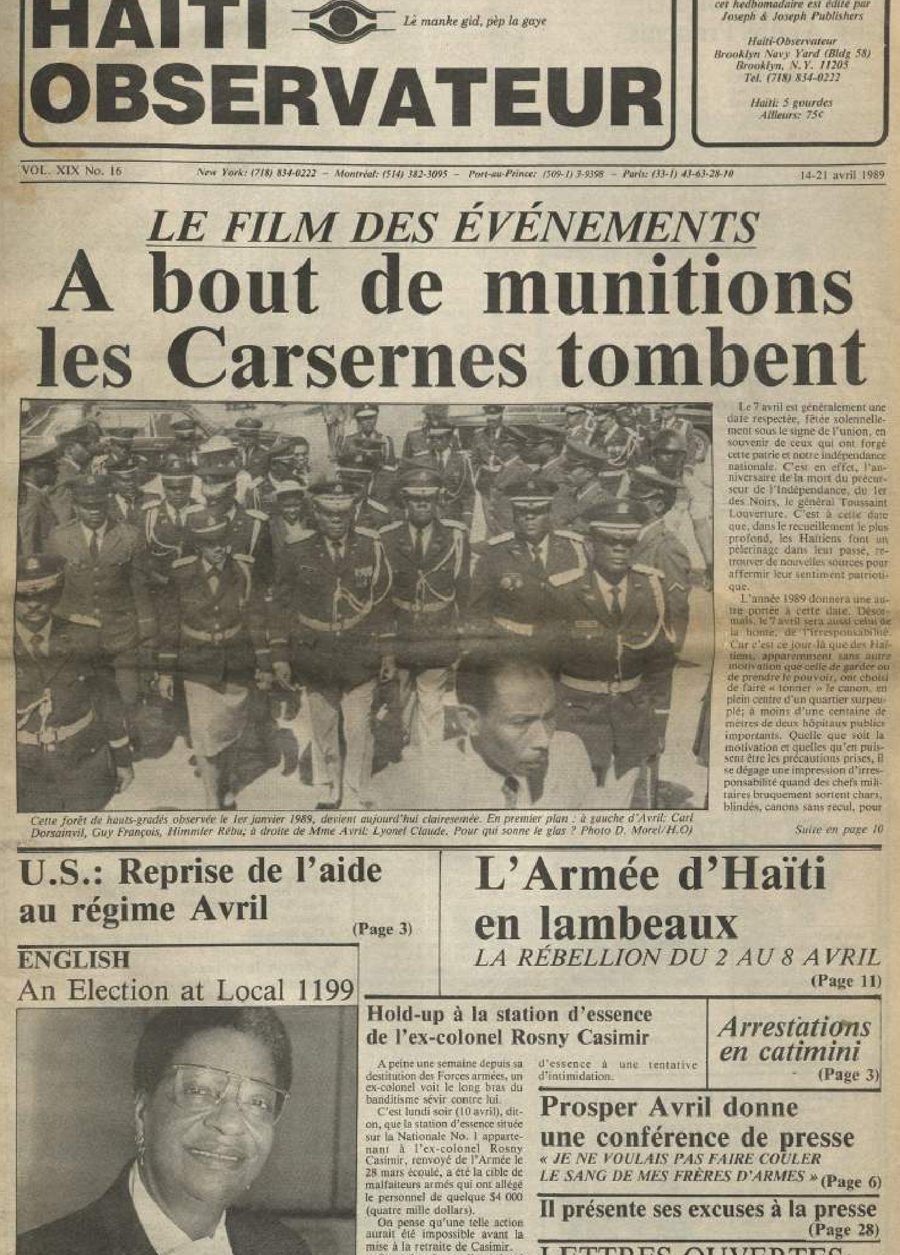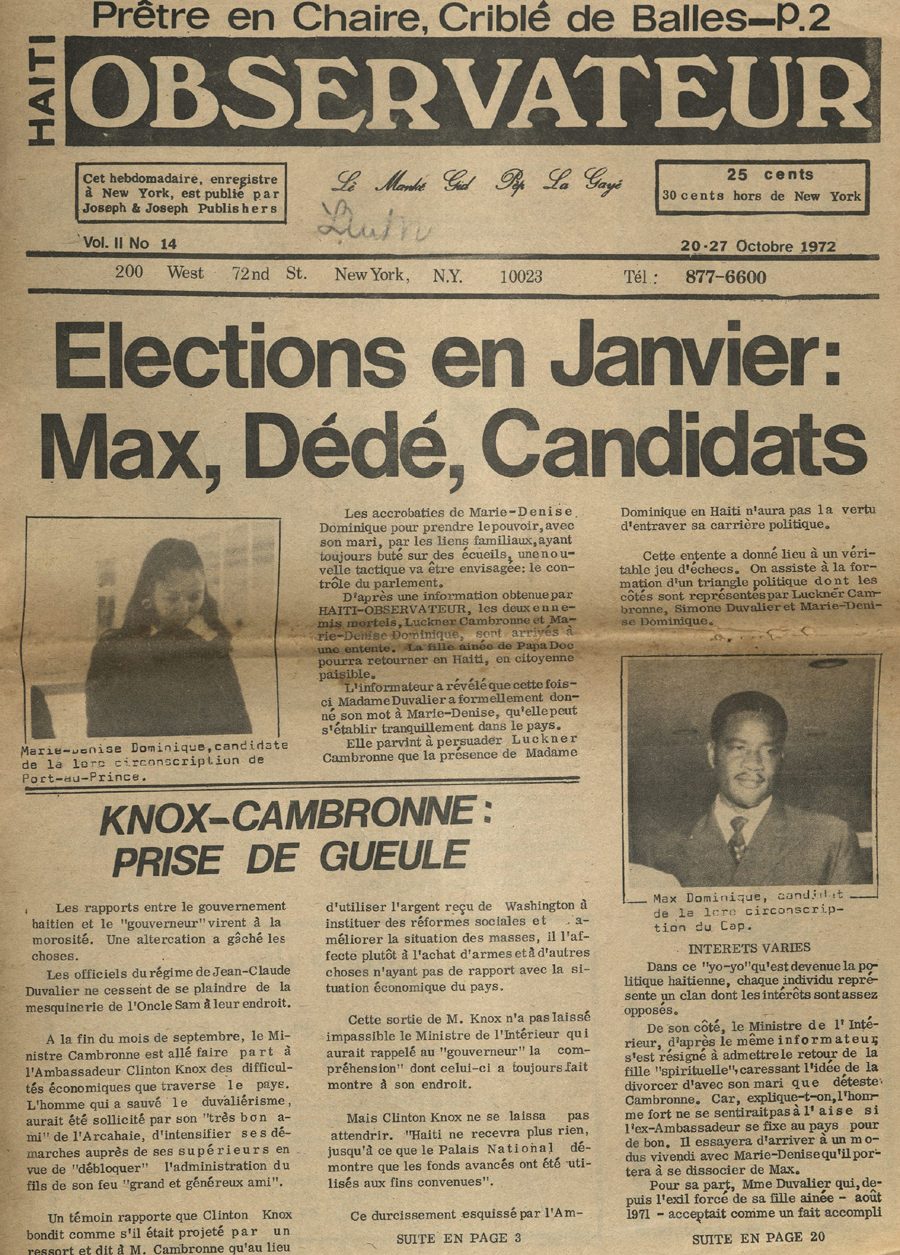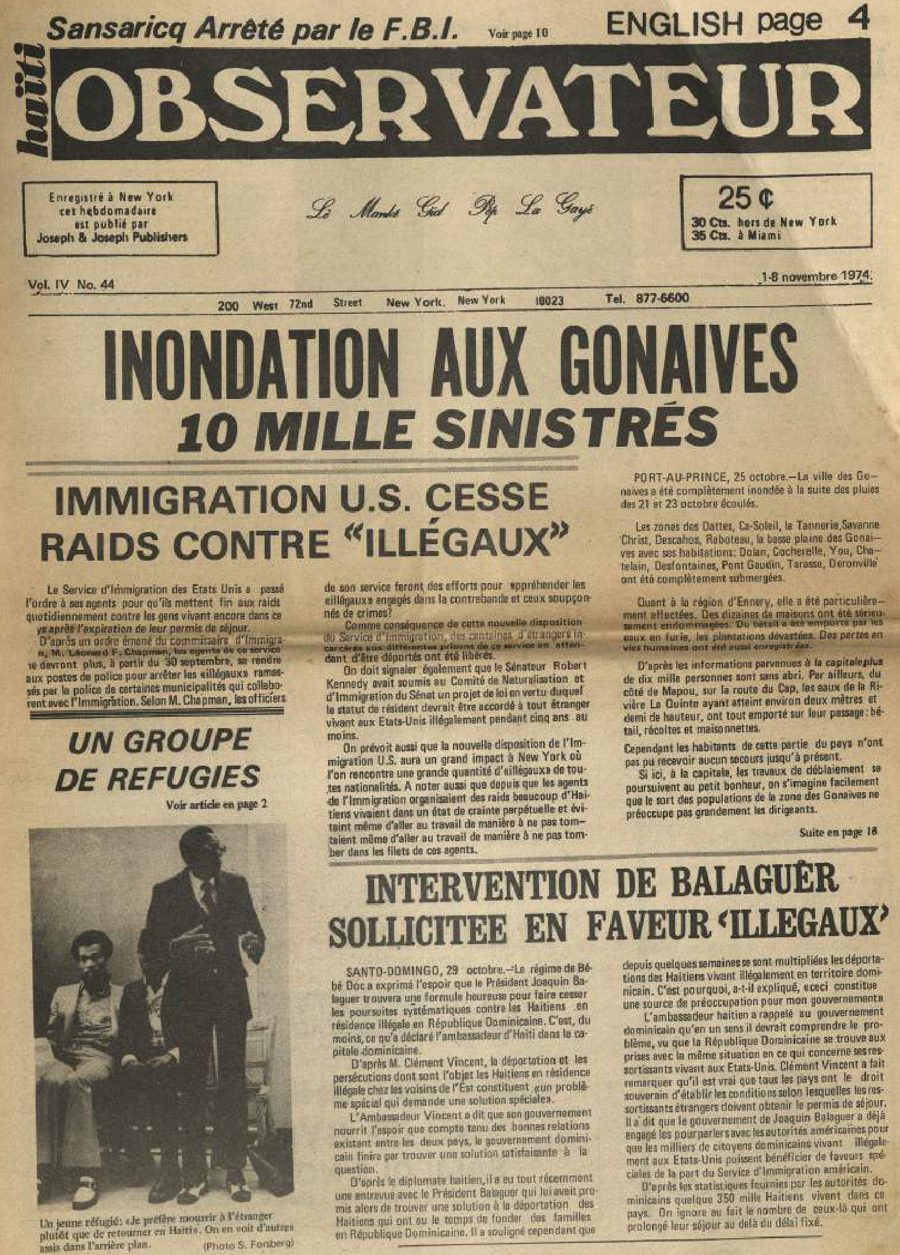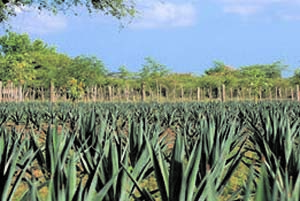
Voices of Hope for Haiti’s Future Edited by Hugh Locke
- This is the second installment of positive initiatives in Haiti that show promise for the future.
Creating opportunities for artisans through cultural heritage preservation and exports
For the past decade Caribbean Craft has brought to Haiti many international brands for which we develop collections of handmade goods. We have repositioned the Haitian arts and crafts sector on the international radar right on time to tap into the growing global hand-made market. We also have built a very strong network that trusts us for our commitment to our communities, seriousness and ability to create opportunities for some of the less fortunate. Strong mechanisms and strategies are in development in order to build an impactful label for the sector. This inclusive label will be the backbone to a market driven approach for job creation. (By Magalie Noel Dresse, President and CEO of Caribbean Craft)
Creating badass haitian superheroes to engage youth
My first Haitian superhero, Djatawo, made his debut in 2013. He was created when I was being mentored by Rich Buckler, the legendary comic artist known for his work with Marvel and DC Comics. Since then other superheroes have followed, but the guiding principle remains the same: I want to use comics to raise awareness, particularly among youth, about Haitian culture as well as the social and environmental challenges we face as a nation. Next will be Tanama, and she will soon be using her super powers to support smallholder farmers as they combat climate change through tree planting. (By Anthony Louis-Jeune (Thony Loui), designer and comic book artist)
Sisal rebounds due to worldwide natural fibers trend
Haiti once had a sizeable share of the international sisal fiber market and produced some of the highest quality product in the world. Cheaper nylon substitutes led to the near collapse of sisal. But in 2010, the North Coast Development Corporation (NCDC) set out to revive the crop—spurred on by new demand for natural fibers, along with interest from a Haitian company that needed more sisal to meet export demands. To date NCDC has planted almost 500 hectares, employs 25 full time staff and up to 100 seasonal part time workers. Current sales average 4,000 kgs per month, but this will increase as more sisal becomes mature enough to harvest. (By Ann Piper, Director of the North Coast Development Corporation).
Cet article est publié par l’hebdomadaire Haïti-Observateur, édition du 12 février 2020 VOL. L, No.6 New York, et se trouve en P. 7 à : http://haiti-observateur.ca/wp-content/uploads/2020/02/H-O-12-februar-2020.pdf





